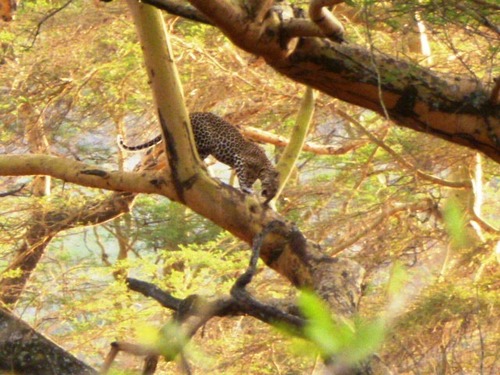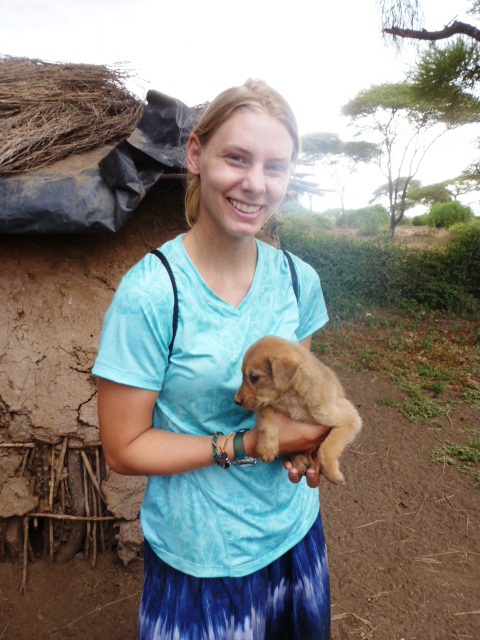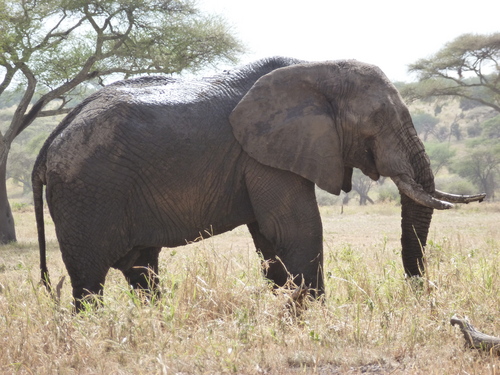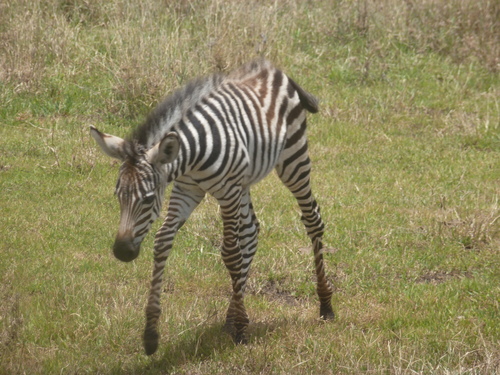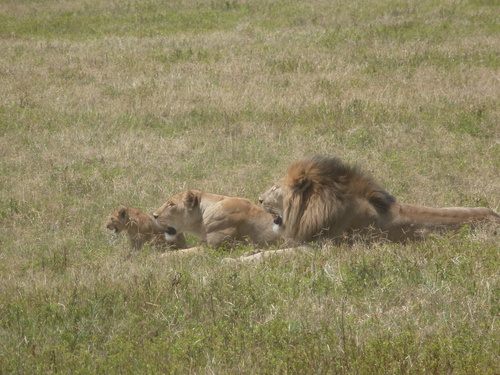A few days ago we had a second homestay here in Kenya. This was a great experience because this time we would actually be staying with some Maasai mamas who live in bomas made out of mud and cow dung. The first thing we did when we arrived and met our mama was, to no surprise, make chai. This time, however, the cooking hut was considerably smaller. The entire structure was about the height of my shoulders and with me, my classmate Anna, and our Mama all in there was just enough room. The chickens, however, did not realize this and kept trying to join the party. When this happened, our mama would chase them out with her cooking spoon which resulted in a temporary chaos and a lot of flapping wings. Our Mama spoke no English and only a few words of Swahili, which made communication very limited (unless one of her 27 children was in the vicinity to translate). Anna and I decided that instead of spending the day in silence, we would just sing to pass the time. This turned into all of us singing the same tune over and over, but each time incorporating one of the few words we all understood. Chai was one of these words, and thus the chai song was sung during every activity for the rest of the day.
After we had our fill, it was time to go collect water from the stream which was about �-1/2 mile away. This was accomplished by taking large plastic cans, attaching a leather strap to both sides, and then putting the strap around your head. This was easy enough on the way there when the containers were empty, but was somewhat difficult after they were filled with multiple gallons of water. We ran into two other SFS students on the way there, and my friend Emma (stagger stepped and out of breath) said in a strained voice “Just wait till they’re full!” For some reason, I found this process oddly enjoyable.
When we got back it was time to start cooking our lunch of ugali and cabbage. The water was boiled on a small stove heated by sticks. Our mama wanted to make sure that both Anna and I got the full cultural experience, so every time she did something (even as simple as putting another stick in the fire or stirring the cabbage) she did it, then I did it, then Anna did it. She was also fascinated by our cameras, and every time we did these tasks she would yell “piga picture!” I have over a hundred pictures from the day.
After enjoying our lunch, we went to collect firewood. Mama handed us each a machete and the same leather straps we used to carry the water. We walked into the woods and started hacking of branches, somewhat unsuccessfully in mine and Anna’s case. The thing about woody species here is that everything has thorns. Everything. When you finally could pick up a stick without getting stabbed, you had to scrape off all the thorns with your machete. As it took both Anna and I twice as long to do this as it took our mama, she eventually just told us to go stand in the shade. When enough firewood was collected we bundled it together with the leather straps and carried it back the same way we carried the water.
When we got back our mama then taught us how to make the beaded bracelets that all the Maasai women wear. The beads are TINY, so one small bracelet took us almost 30 min to make. I actually tried hard to make a pattern out of mine, but when one of the kids went to put it on my hand half the beads fell off. I guess she felt bad, so she put some back on for me. She got tired of the pattern though, so now half the bracelet is half blue, white, black, and red, and the other half looks like the rainbow. Which admittedly kind of makes it cooler.
Since the Maasai practice polygamy, there were several other mamas of the same husband living nearby. Some other SFS students were with these mamas, so we all got together and played with the kids. All of the kids really wanted to braid our hair, which resulted in all of us having various forms of interesting hairstyles. After that we played a lot of games that were similar to ones played by children in America, including Simba Simba Twiga (or Lion Lion Giraffe), which is the Kenyan version of Duck Duck Goose. It was really cool to spend the day like this and get a better understanding of what the lives of the local people are like here.
Location: Kimana, Kenya



